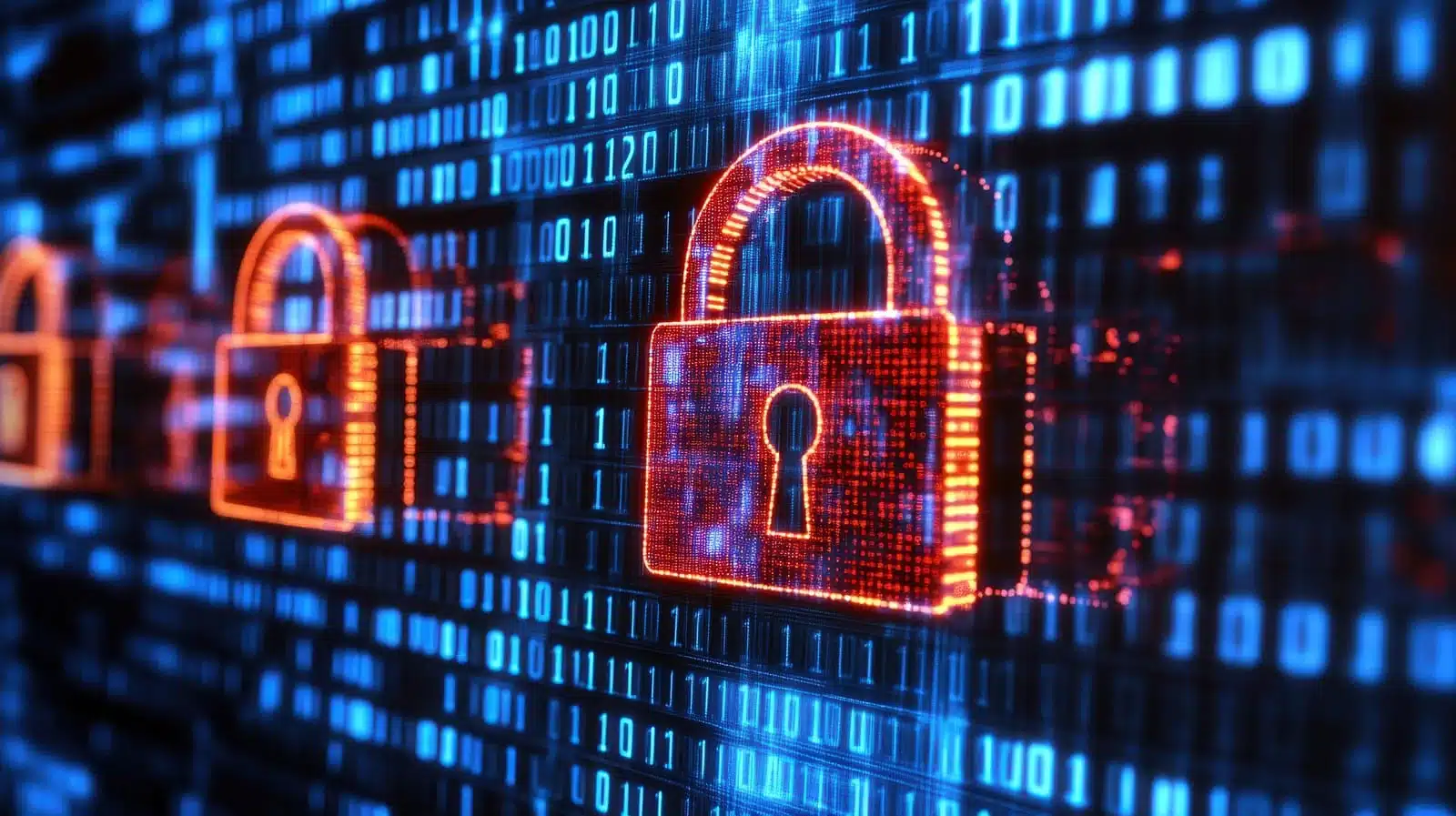With ever-changing cyber threats, businesses need to redefine their security strategy. Although traditional security tools like antivirus software and firewalls have long been the backbone of cybersecurity, organizations are now moving towards EDR providers (Endpoint Detection and Response) for enhanced protection.
But how do EDR solutions vary from conventional security appliances? In this article, we’ll compare them with conventional security products, outlining the key differences and enabling you to determine which solution is best suited for your business.
What Are EDR Solutions?
Understanding EDR Protection
EDR tools are meant to monitor, detect, and respond to abnormal activity on endpoint devices such as desktops, laptops, servers, and mobile devices. While other security solutions are signature-based and would only alert against known threats, EDR companies are employing behavior-based detection in order to identify threats in real-time.
EDR solution providers take advantage of advanced technologies like machine learning, artificial intelligence, and threat intelligence to detect malicious behavior patterns that regular tools would miss. EDR protection allows organizations to address known and unknown threats, providing a more complete security strategy.
The Role of EDR Providers
An EDR provider is a company that provides endpoint detection and response in a managed service or an in-house software solution. EDR service providers commonly offer continuous monitoring, threat detection, automated response, and sophisticated forensic capabilities.
Through continuous endpoint activity analysis, businesses can detect and respond to cyber threats more effectively and more quickly.
Traditional Security Tools: A Brief Overview
What Are Traditional Security Tools?
Traditional security tools, such as antivirus software, firewalls, and intrusion detection systems, have been the cornerstone of cybersecurity for years. These tools generally focus on preventing threats from entering the network or stopping known malware from executing.
- Firewalls: These act as a barrier between an internal network and external sources, filtering traffic based on predefined security rules.
- Antivirus Software: Detects and removes known malware by scanning files and programs for malicious signatures.
- Intrusion Detection Systems (IDS): Monitors network traffic for suspicious activity and alerts administrators about potential threats.
While these tools are essential for providing basic protection, they often fall short when it comes to defending against more sophisticated or novel cyber threats.
Limitations of Traditional Security Tools
- Signature-Based Detection: Many traditional tools, such as antivirus software, rely on signature-based detection, which can only identify known threats. They are ineffective against new, unknown, or mutated malware that hasn’t been identified in their database.
- Limited Visibility: Traditional tools may only monitor specific areas of a network (e.g., perimeter defenses or particular devices), leaving gaps in security and reducing overall visibility.
- Reactive Approach: Traditional security tools typically respond to threats after they have already penetrated the network or endpoint. This delay can give attackers time to cause damage.
EDR Providers vs Traditional Security Tools: Key Differences
1. Threat Detection
- Traditional Tools: Rely on predefined signatures or known attack patterns. If a new or sophisticated threat doesn’t match existing signatures, it may go undetected.
- EDR Providers: Utilize advanced techniques, including machine learning and behavioral analysis, to detect threats in real-time. These solutions continuously monitor endpoint activities and can identify suspicious behavior that deviates from standard patterns, even for previously unknown attacks.
EDR providers offer more proactive detection, catching emerging threats before they can cause significant damage.
2. Response Capabilities
- Traditional Tools: Typically focus on preventing threats from entering the network or blocking known malware. They don’t usually offer comprehensive response capabilities once a threat has been detected.
- EDR Providers: Not only detect threats but also provide a range of response capabilities. EDR solutions can automatically contain a threat by isolating affected endpoints, stopping malicious processes, and blocking suspicious activity in real-time. Furthermore, EDR service providers often offer incident response support to help organizations contain and remediate complex attacks.
With EDR protection, businesses benefit from a quicker and more effective response to security incidents, reducing the potential impact of cyberattacks.
3. Forensic Analysis and Incident Investigation
- Traditional Tools: Offer limited forensic analysis capabilities. After a breach, it may be difficult to understand how the attack occurred or what was fully compromised.
- EDR Providers: Provide detailed incident investigation and forensic capabilities. EDR service providers maintain comprehensive logs and data to help businesses understand the scope of an attack, how the threat entered the system, and what actions the attacker took. This visibility is invaluable for improving future security measures and meeting compliance requirements.
With EDR solution providers, businesses can conduct thorough post-incident analysis to learn from breaches and bolster defenses.
4. Continuous Monitoring and Visibility
- Traditional Tools: May only offer periodic scans or real-time monitoring of specific areas, such as the perimeter or individual devices. This can leave gaps in security, particularly with modern attack vectors such as insider threats or lateral movement within networks.
- EDR Providers: Offer continuous monitoring of all endpoints, providing comprehensive visibility across the network. By analyzing activity on every device, EDR endpoint protection ensures that threats are detected early, regardless of where they occur within the organization.
The continuous, real-time monitoring provided by EDR protection significantly enhances threat visibility, making it easier to identify and respond to potential risks.
5. Scalability and Flexibility
- Traditional Tools: Can be limited in their ability to scale with your business. Many conventional tools require separate installations, configurations, and updates for each device or system.
- EDR Providers: EDR solution providers offer scalable solutions that grow with your business. Whether you are adding new devices or expanding your IT infrastructure, the providers can ensure that all endpoints are continuously monitored and protected without requiring significant additional resources.
For growing businesses, EDR protection offers a more flexible and scalable approach to cybersecurity, ensuring that your organization remains protected as it expands.
Why You Should Consider EDR Providers for Your Business
1. Proactive Threat Detection
Unlike traditional security tools, EDR providers offer proactive threat detection capabilities that continuously monitor endpoint activities to identify potential threats. This proactive approach is critical as cyber threats become more complex and more challenging to detect with traditional methods. With EDR protection, businesses can catch threats early, before they can escalate into more serious issues.
2. Real-Time Incident Response
With EDR solution providers, you benefit from real-time incident response capabilities. As soon as a threat is detected, EDR service providers can take action, isolating the compromised endpoint, halting malicious processes, and preventing the spread of the attack.
This quick response reduces the time attackers have to exploit vulnerabilities, preventing widespread damage.
3. Comprehensive Security for All Endpoints
Modern businesses utilize a range of devices, including laptops, desktops, smartphones, and tablets, each of which can be a target for cyberattacks. Traditional security tools may not be equipped to monitor and protect all these devices effectively. EDR endpoint protection provides comprehensive coverage for every endpoint, offering continuous monitoring and detection across all devices within the network.
4. Enhanced Forensic Capabilities
If a security breach does occur, understanding how it happened and what was compromised is crucial. EDR protection provides advanced forensic capabilities, enabling businesses to trace the origins of an attack, identify affected systems, and understand the attacker’s behavior.
This information is essential for improving future defenses and demonstrating compliance with industry regulations.
5. Improved Response Time
The faster you detect and respond to an attack, the less damage it can cause. With traditional tools, security teams frequently encounter delays in detecting and responding to threats. EDR providers help businesses respond quickly by offering automated threat containment, advanced detection capabilities, and streamlined incident response procedures.
When Should You Consider EDR Providers Over Traditional Security Tools?
While traditional security tools still play a crucial role in cybersecurity, businesses that require more comprehensive and proactive protection should consider EDR providers. If your organization faces a higher risk of sophisticated attacks, needs to improve visibility across endpoints, or struggles with incident response times, adopting an EDR solution provider is a logical step.
Additionally, companies that handle sensitive customer data, such as those in healthcare, finance, or e-commerce, should prioritize EDR protection to ensure they meet compliance standards and protect against data breaches.
Conclusion
As cyber threats continue to become more sophisticated, businesses must move beyond traditional security tools and adopt more advanced solutions like EDR protection. By choosing the right EDR provider, you gain access to real-time monitoring, proactive threat detection, automated incident response, and advanced forensic capabilities—features that traditional tools simply can’t match.
EDR providers offer enhanced protection, scalability, and flexibility, making them a vital component of any modern cybersecurity strategy. Whether you’re looking to strengthen endpoint security, improve incident response times, or increase visibility into your network, EDR solution providers deliver a robust and effective solution that helps protect your business from today’s complex cyber threats.


